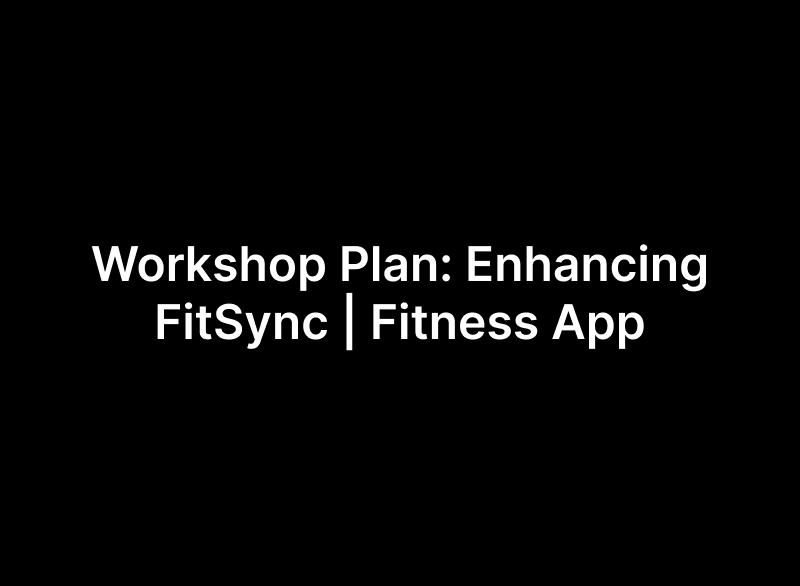FitSync | working plan
Explanation of the Decision-Making Process
The decision-making process for this workshop was carefully structured to ensure that ideas are evaluated systematically and aligned with both the product vision and user needs. Here's a detailed breakdown of the approach:
1. Contextual Understanding
- Why: To ground the team in the product’s goals and current challenges.
- Process:
- Presented user personas to remind the team of who we are designing for.
- Shared analytics (e.g., user retention, feature engagement) to identify areas needing improvement.
- Highlighted key pain points from user feedback (e.g., lack of personalization or difficulty tracking goals).
- Outcome: Ensured all ideas generated address real user problems and align with business objectives.
2. Idea Generation
- Why: To leverage the creativity of the team and gather a diverse pool of ideas.
- Process:
- Used Crazy 8s, a rapid sketching exercise, to encourage quick ideation without overthinking.
- Allowed for group discussion using Round Robin to ensure equal participation and uncover overlooked perspectives.
- Outcome: Generated a broad set of ideas, ensuring inclusivity and diversity in the design process.
3. Idea Evaluation and Prioritization
- Why: To identify ideas with the greatest potential impact while considering feasibility.
- Process:
- Used the Impact vs. Effort Matrix, dividing ideas into four quadrants:
- High Impact, Low Effort: Quick wins.
- High Impact, High Effort: Strategic long-term investments.
- Low Impact, Low Effort: Low-priority tasks.
- Low Impact, High Effort: Ideas to reconsider or discard.
- Discussed each idea's alignment with user needs and business goals.
- Outcome: Narrowed down to 3-5 actionable ideas that balance impact and feasibility.
4. Prototyping and Validation
- Why: To visualize and test the selected ideas before full implementation.
- Process:
- Mapped user journeys to understand how the features fit into the user’s experience.
- Created wireframes to identify potential usability issues early.
- Outcome: Validated the practicality and user-friendliness of the top ideas.
5. Strategic Roadmap Development
- Why: To ensure smooth execution and accountability.
- Process:
- Divided implementation into phases (e.g., discovery, design, development).
- Assigned ownership to specific team members for each task.
- Identified potential risks (e.g., development constraints) and planned mitigations.
- Outcome: A clear, actionable roadmap with milestones and timelines.
Decision-Making Framework
At every step, the decisions were guided by the following key criteria:
- User Needs: Does the idea solve a real problem or improve the user experience?
- Business Goals: Does it align with the product vision and business strategy?
- Feasibility: Can it be realistically developed within resource and time constraints?
- Innovation: Does it introduce something novel or differentiate the product in the market?
By combining data-driven insights with creative input, the team was able to make informed and impactful decisions.
Tools used
From brief
Topics
Share
Reviews
1 review
Hi Yasmin, I appreciate your explanation of the thought and decision-making processes behind this project but unfortunately the link leads to a locked file. An easy fix. Make sure to update the link so that mentors and others can see your work!
1 Claps
Average 1.0 by 1 person
You might also like
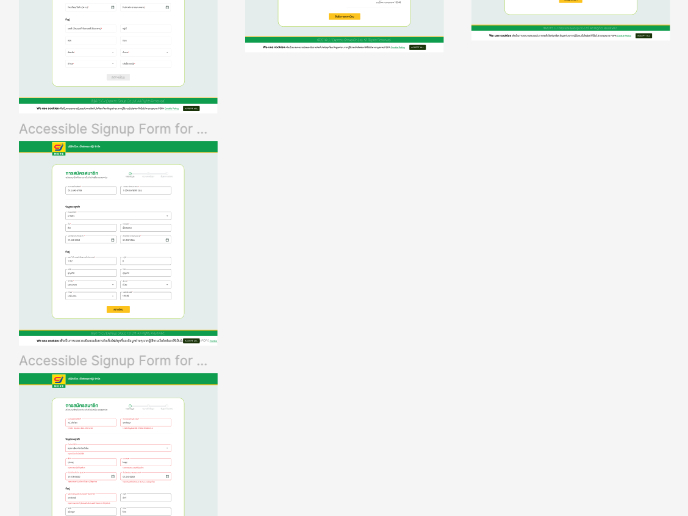
Project
Accessible Signup Form for SaaS Platform
Form
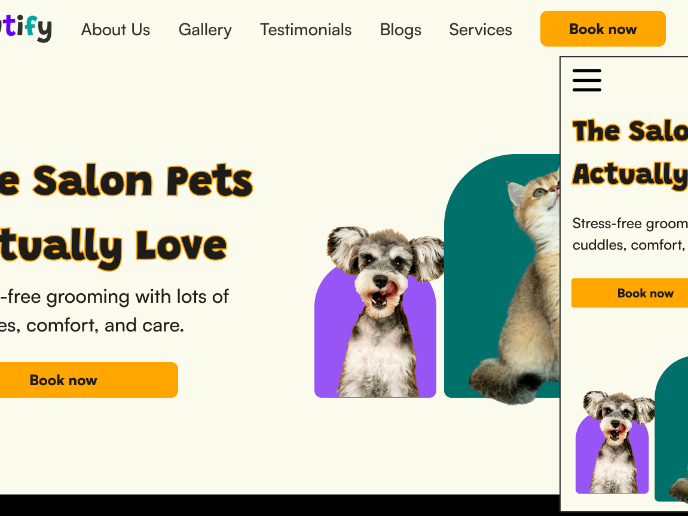
Project
Pawtify - Responsive Landing Page Brief
Description This is a landing page for a fictional pet salon called Pawtify, a modern, friendly pet salon brand designed to make grooming en
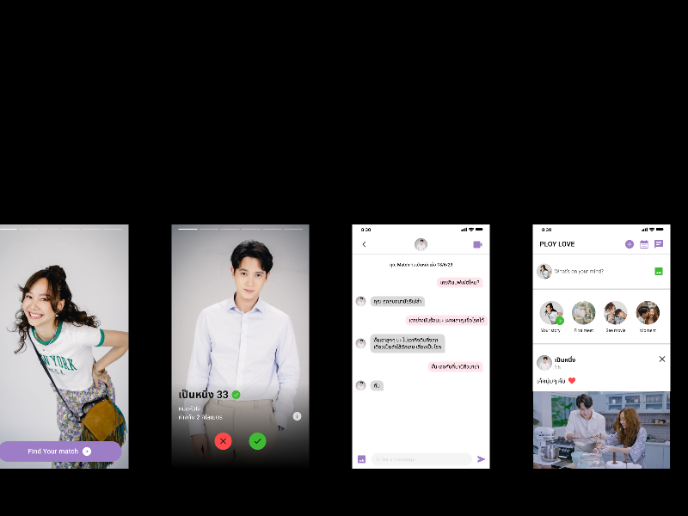
Project
Plan A/B Test for the Onboarding Flow
Design an A/B test to optimize the onboarding flow and increase profile completion rate for a dating app.

Project
SIPALA - Attendance, Leave, and Activity Management System
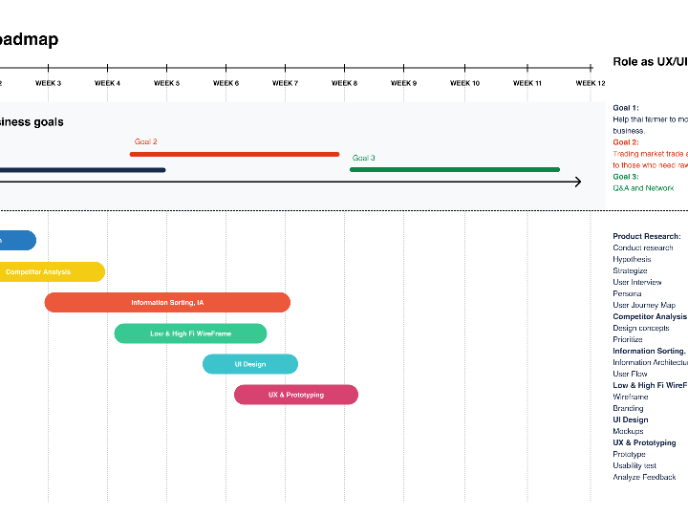
Project
Build a Product Roadmap
Design an experience that can help Thai farmer to monitor weather and grow farm business.
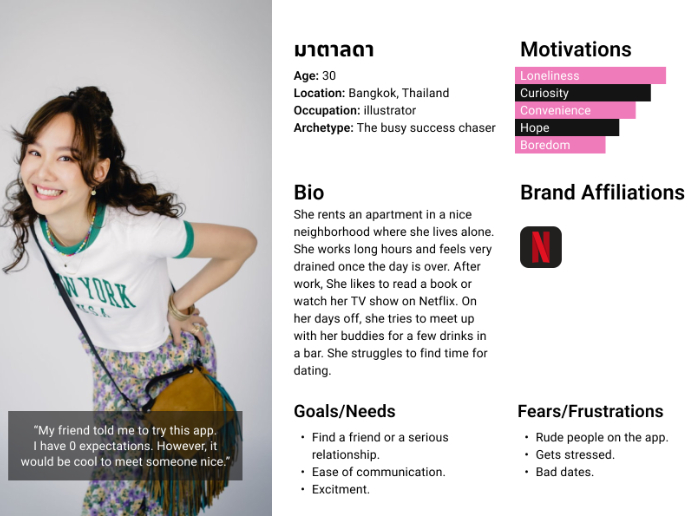
Project
Develop a User Persona
Research and analytical skills by carrying out user study and building a user persona.
Design Leadership Courses

Course
UX Design Foundations
Learn the essentials of UX design to build a strong foundation in core principles. Gain practical skills to support product development and create better user experiences.

Course
Introduction to Figma
Learn essential Figma tools like layers, styling, typography, and images. Master the basics to create clean, user-friendly designs

Course
Building Content Design Systems
Master systematic approaches to creating consistent, reusable content across your entire product ecosystem

